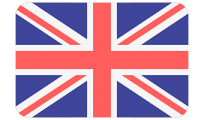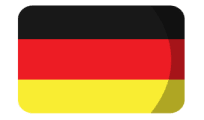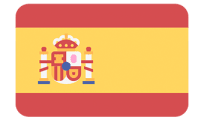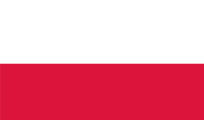Road marking and signs in Europe
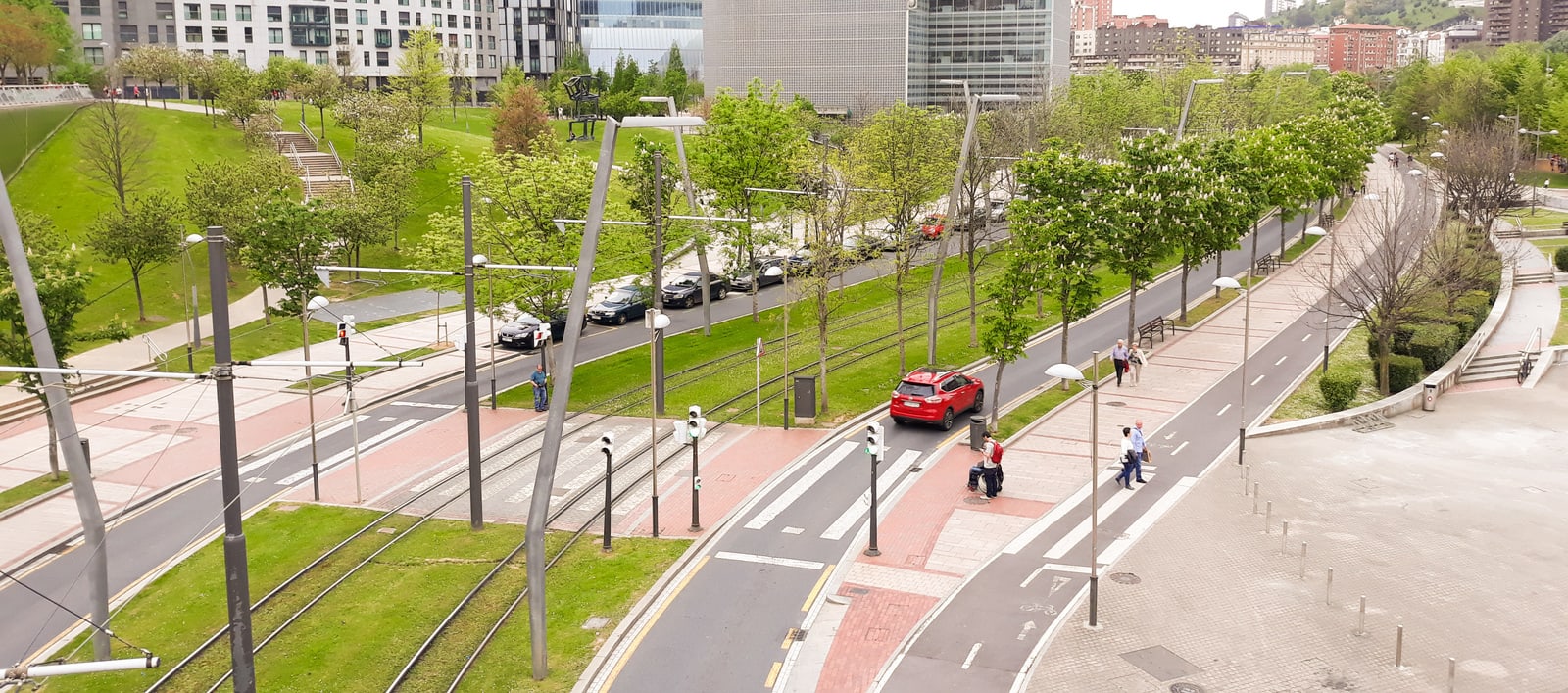
Markings and signs are your guide to make driving easier in any European country. These signs and lines will tell you a lot: they will show you the way, warn you about danger, and help you navigate in space. At the same time, they are quite universal and are not much different from the signs that you are used to at home. So turn on the logic, a little ingenuity, and it never hurts to remember the good old books on the study of traffic rules with pictures and signs.
Marking Principles
What is the markup in Europe like? On the roadway everything is as usual: solid does not intersect, intermittent does. In Europe white markings are used the most. However, there are exceptions: in Norway, for example, yellow dividing lines are used on the highway. Sometimes this line can be red or orange (most often in areas of repair work). There is a familiar “waffle” marking at intersections - also yellow. By the way, it is interesting that in the 30s Germany even had black markings, but they soon abandoned it.
Parking can be indicated by a different color. Almost everywhere in Europe, free parking spaces are marked in white, and blue means that they are paid. In Spain, for example, parking spaces can still be green and orange, and they are intended mainly for residents. A yellow broken line almost everywhere in Europe prohibits parking or marks public transport stops.
"Zebra" in Europe is especially revered and almost sacred. Seeing her, you should always slow down and be ready to stop. You must yield to the pedestrian, even if he is just thinking of making the crossing. Another type of marking is bicycle lanes. This is a common occurrence here. Typically, cyclists are allocated a full lane marked by a line, and a schematic drawing of a bicycle on the asphalt shows who is the boss.
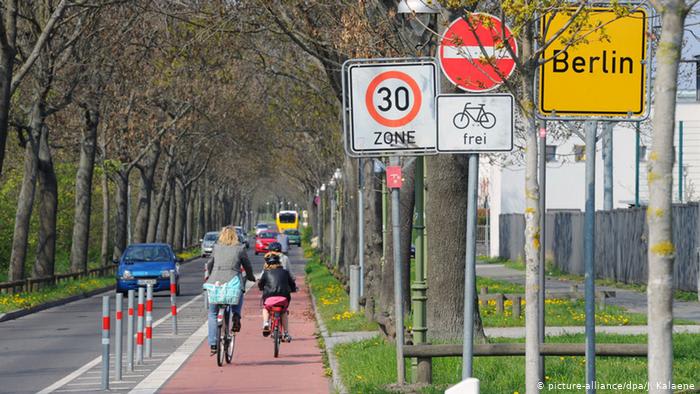
Road signs
With signs, everything would seem simplified and brought to a standard, but there are differences. Many images are familiar to you: running schoolchildren, a marching little man on the crosswalk, narrowing the road, and much more. The same bright red “STOP”, the triangle “Make way”, “The main road” - all this is completely identical to what you saw in your homeland. Often there may be color differences: for example, in the case of the highway (in many countries it is depicted white on a blue background, and in Italy, Switzerland - on green).
The city zone, in contrast to the CIS countries, is marked in Europe not by a sign with a name, but by a sign with painted houses on a white background. The main thing is not to miss the habitat detailed on the sign, as a completely different speed regime starts there.
There are some interesting signs. For example, in Sweden you can see a sign depicting a hedgehog with a knapsack on his shoulder - this means that somewhere in the vicinity is the habitat for these animals. And in the city of Treviso in Italy there is a sign that warns drivers about "streetwalkers" in the nearest section of the highway. Although this sign is interpreted in different ways: some regard it as a warning, others as important and useful information.
We hope these tips will help you when renting a luxury car in Europe and using it on the roads.

